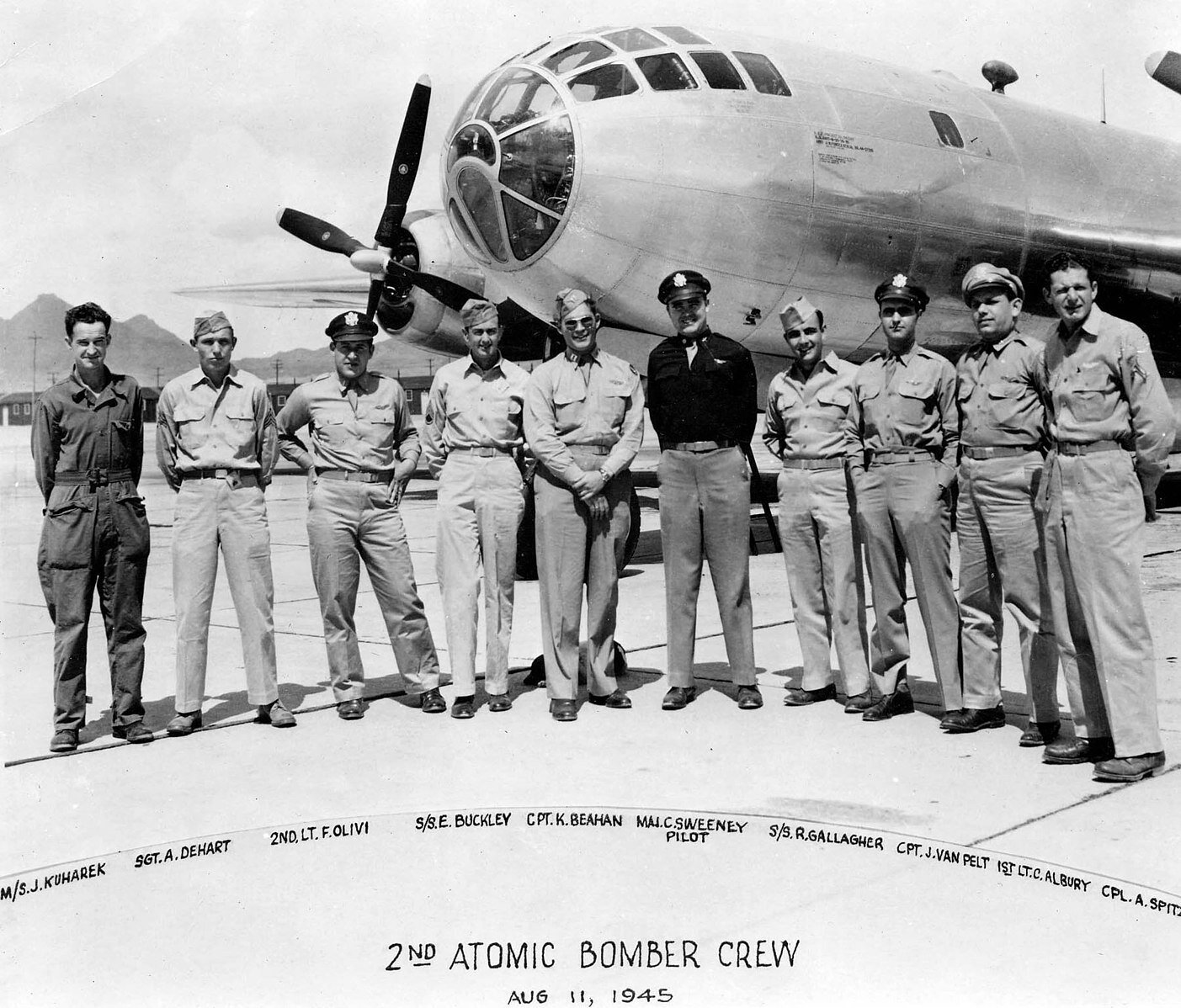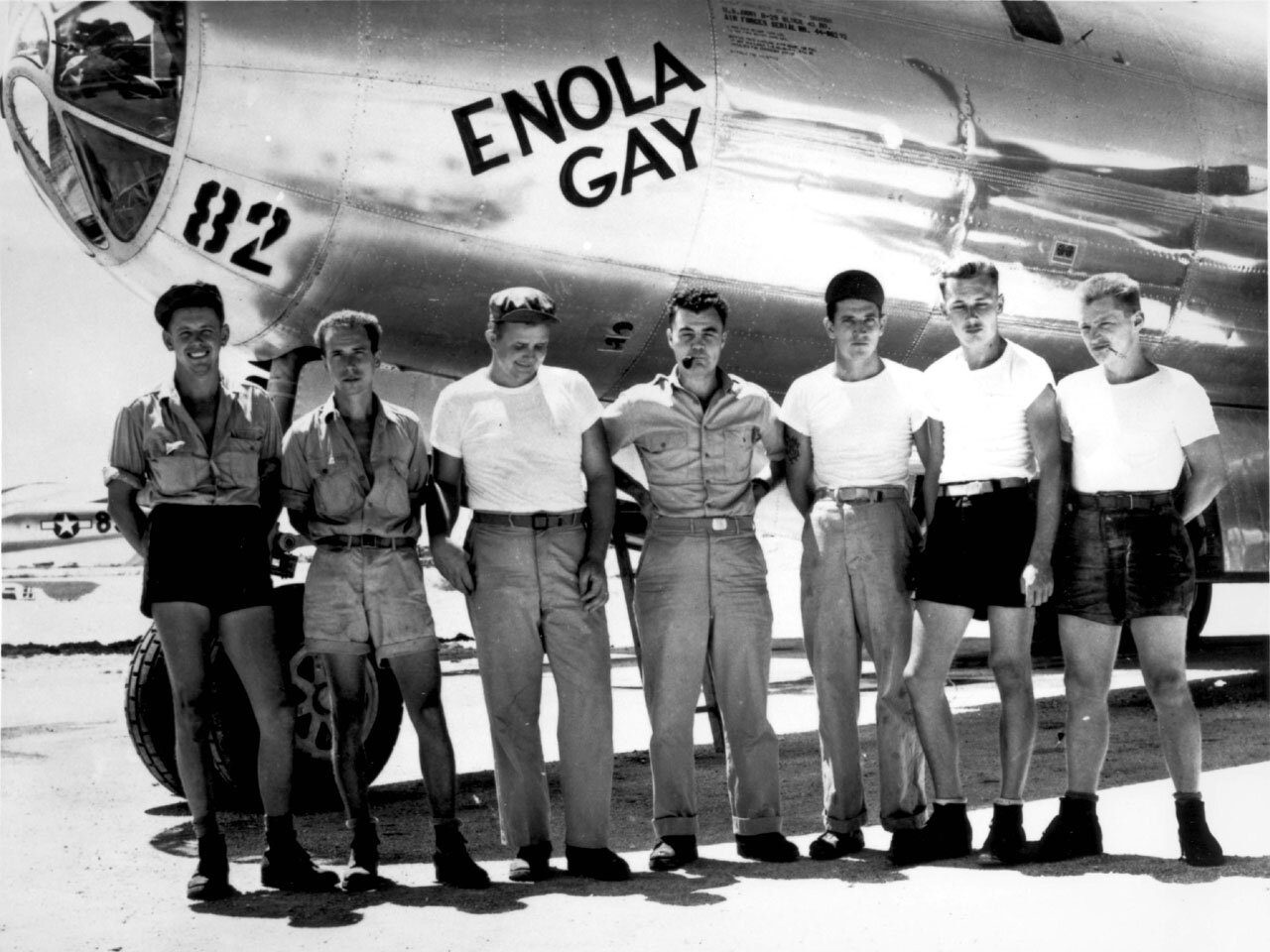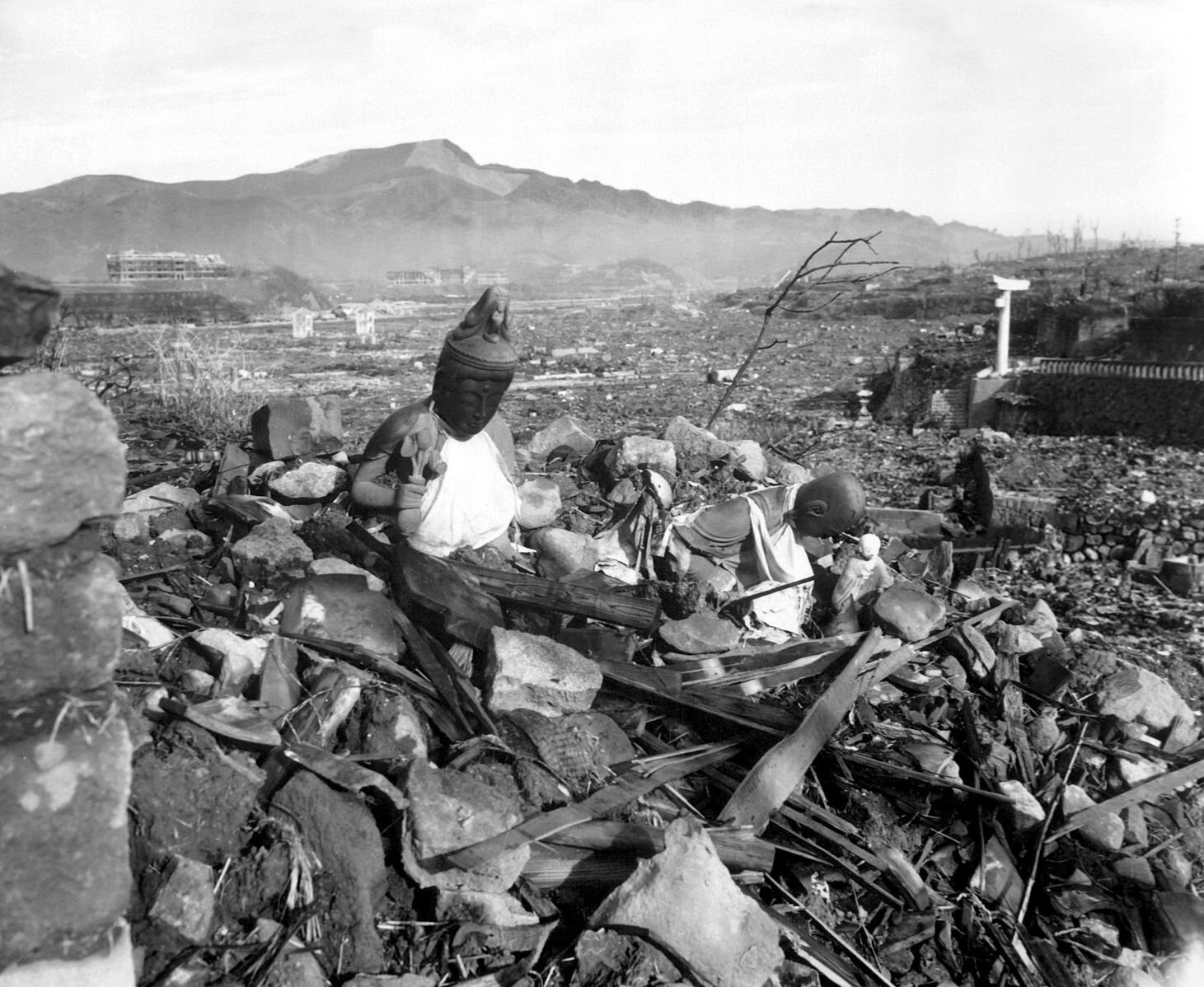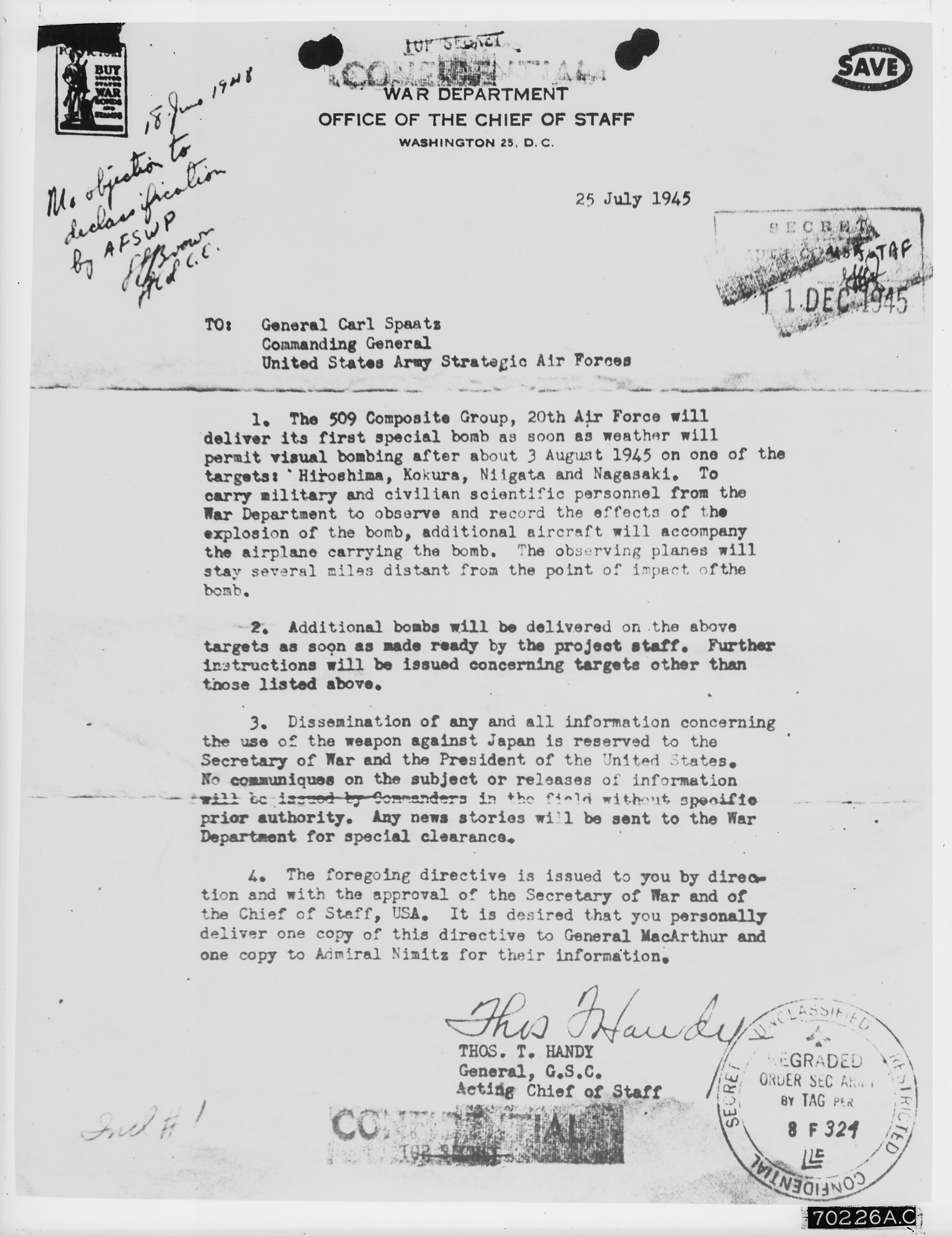#48 A Vassal State in the 20th Century
The period 1914 to 1945 was to finally resolve the make-up of the world we live in today. At the end of the war in 1945, colonialism as the system of relations across the world ended. Colonialism continued in various civil wars for the next 10 years. Thereafter, colonialism as a system of relations between states was finally over.
The North Americans took over the reins of global power in 1945. I shall document how this was achieved in future blogs. Before we move into the post-1945 period, I want to begin to conceptualise the relationship between the single world dominant power the USA and the rest of the world that was to emerge from this period. Relations have always been hidden behind honeyed words. Many of us are familiar with the term ‘special relationship’ to describe the relationship between the USA and Britain. Even more so, relations between states are concealed between the ideals of democratic states and shared values which hide more they illuminate.
The relationship between an immensely wealthy and powerful state and one that is weaker in every respect cannot be equal. The issue I want to put to readers is exactly how are we to look at these relationships? The powerful state will always determine the parameters of this relationship. Although this may be mediated to an extent. For example, we see more international organisations emerging as we move through the 20th century where weaker states might stand more of a chance to assert their wishes. After 1945, the USA did not want to take over colonised states, rather she wanted each state to run its own affairs. Inevitably this gave it some independence. However, in this blog, I propose that the most powerful state still determines the course of many events and how much she will concede.
Vassal States
The term ‘vassal state’ had been widely used in the past to describe the relationship of small states to more dominant states. I adopt this term in future blogs, particularly in connection with China and the Ottomans. Here I want to explain the term and why it has relevance to describe the relationships between the US and European states after 1945.
Historically, a vassal state was subordinate to an imperial society. The state might pay tribute and make statements of allegiance to the more powerful king. In return, the state would be protected in times of war. On the whole, these arrangements between the weak and powerful were mutually agreed upon, especially if the vassal controlled their land and peoples.
The term has never been updated into the industrial era as it has demeaning connotations. Yet vassalage aptly describes the relationship between the dominant USA and her so-called European allies after 1945. These were arrangements were mutually entered into by all the older colonial powers of Europe.
The USA asserted her dominance on the world’s stage initially with the dropping of two atomic bombs and the creation of the global infrastructure, the outcome of the Bretton Woods Agreement.




Letter received from General Thomas Handy to General Carl Spaatz authorizing the dropping of the first atomic bomb, 25 July 1945. Retrieved from National Archives and Records Administration.
Vassalage and the European States
The USA would protect her vassals so long as they accepted her world leadership role. This latter included allowing USA military bases on their land, joining the military alliance, NATO, led by the USA; and following the financial leadership of the USA in terms of the dollar standard, and rules laid out in the United Nations, World Trade Organisation, and other global financial organisations. The Americans asserted their world power, and the vassals agreed voluntarily to follow behind.
President Roosevelt and Winston Churchill seated on the quarterdeck of HMS PRINCE OF WALES for a Sunday service during the Atlantic Conference, 10 August 1941.
The concept of 'special relationship' allowed nations to retain their dignity without public displays of subservience. These choice words allowed the people of 'vassal states' to believe they were independent, with their parliaments, independent judiciaries, and laws to run their economies. Of course, to an extent, this was the case. But in the key components of running the world, which included the mechanics of war and peace, the use of the US dollar for world trade, and the mechanics to order the world, the United Nations, the International Monetary Fund and the World Bank, the US-dominated: it was a simple fact that the USA was the world’s dominant power.
We can illustrate vassalage clearly in 1956 when France, Britain, and Israel tried to invade Egypt. The USA immediately asserted her dominance and the vassals were sent to their respective homes with a thorough telling off.
The USA has been dominant in all major areas of world politics from 1945 until today. She successfully incorporated a range of ‘vassal states’ that had previously been competing for dominant colonising powers.
Vassalage and the non-European States
Much of the 20th century after 1945 and through into the 21st century has been about vassalage. Much of the history we shall outline in future blogs of the period after 1945 has been about the USA attempting to create new vassals in the rest of the world as her alternative to colonisation.
As we begin to see European States behaving independently in the 21st century, we see the beginnings of world power diminish from the USA.
Suggested Reading
Histories covering the period 1914 to 1945:
Ian Kershaw, To Hell and Back: Europe 1914-1949, Allen Lane 2018.
Robert Gerwarth, Erez Manela, eds Empires at War, 1911-1923 OUP 2014. An interesting volume that covers all the Empires, large and small, and what they hoped to obtain from the wars.
Guido Preparata, Conjuring Hitler: How Britain and Americas made the Third Reich, Pluto Books 2005.
Carroll Quigley, Tragedy and Hope A History of the World in Our Times, Original publisher was The Macmillan Company of New York. The original plates were then destroyed by the company without explanation, and the New Millennium Company reprinted a new edition of 958 pages, without references or notes.
Carroll Quigley, The Anglo American Establishment, Dauphin Publications Inc. 1981.
Karl Polanyi, The Great Transformation: The Political and Economic Origins of our Time, Beacon Press 1944.
The USA:
Howard-Woods, Christopher, Colin Laidley, and Maryam Omidi, Charlottesville White Supremacy, Populism and Resistance, OR Books 2018. Also see the chapter by Julia Orr, Slaves, and The Capital that made Capitalism on page 223.
Copyright Notice. This blog is published under the Creative Commons licence. If anyone wishes to use any of the writing for scholarly or educational purposes they may do so as long as they correctly attribute the author and the blog. If anyone wishes to use the material for commercial purpose of any kind, permission must be granted from the author.











Ideology alone was of course not enough for Hitler to rise to power. The question remains: how was Hitler able to revive the German economy sufficiently to fight a global war in a mere six years? Hitler had taken political power in Germany in 1933. Once this question has been asked, the direction of the answer is obvious: the German economy would have to be supported by the great powers, France, Britain or America; there was no other way.